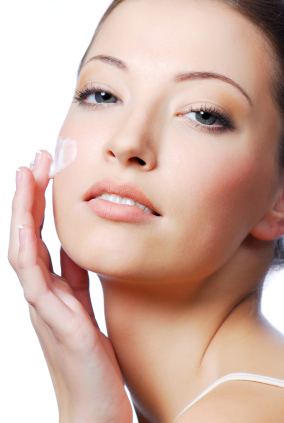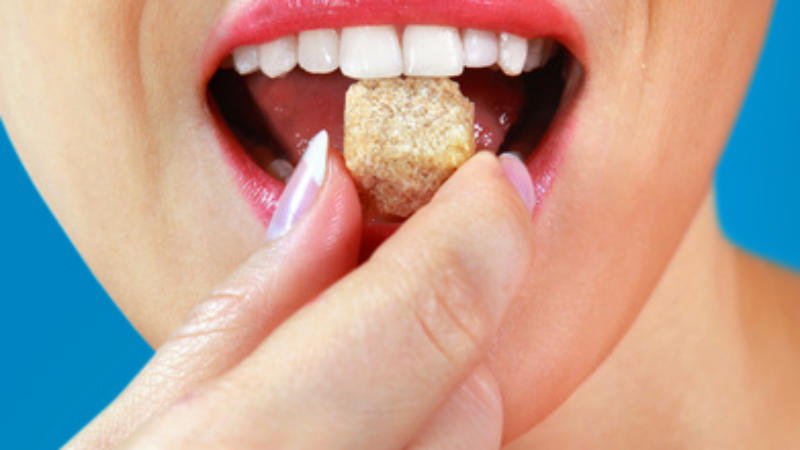No doubt in your daily search for effective skin care products and moisturizers, you’ve come across the word “ceramides” on ingredient lists, in magazine articles and print ads, but what exactly are ceramides and how do they work to help keep our skin soft, smooth and healthy?
Ceramides are naturally occurring lipids, or fat molecules, found in the top layer of the epidermis, or the stratum corneum. The cells of this top layer of skin are held together by various components including ceramides, rather like mortar holding bricks together. When ceramides are plentiful, the skin is smooth and able to retain moisture. As we age, ceramide levels decrease, and that’s when the cracks between the bricks, or cells, make our skin look rough, wrinkled and dry.
There are nine different types of ceramides in the stratum corneum, named ceramide 1 to ceramide 9, and they make up an impressive 40-50% of the lipids in the top layer of our skin. These talented fat molecules have the ability to attract and hold moisture. Not only do ceramides allow the skin to stay hydrated, but they also keep the skin’s barrier system strong. A healthy and intact barrier keeps moisture in and, just as importantly, keeps external irritants from being absorbed. Ceramide-rich creams and skin care products can repair and revive our skin, reinforcing its barrier and improving the elasticity that is lost with age. Considering how much external factors contribute to visible signs of aging, it’s no wonder that ceramides play a key role in keeping skin healthy and young.
But don’t think that ceramides are just for looking good. Ceramides also function as cell signaling agents, acting as chemical messengers that regulate cell turnover. They encourage the growth and multiplication of good cells while sending a message to damaged cells, those that could lead to illnesses like cancer and diabetes, to self-destruct.
Click here to see how these beautiful and brainy ceramides can fit into your skin care routine.




